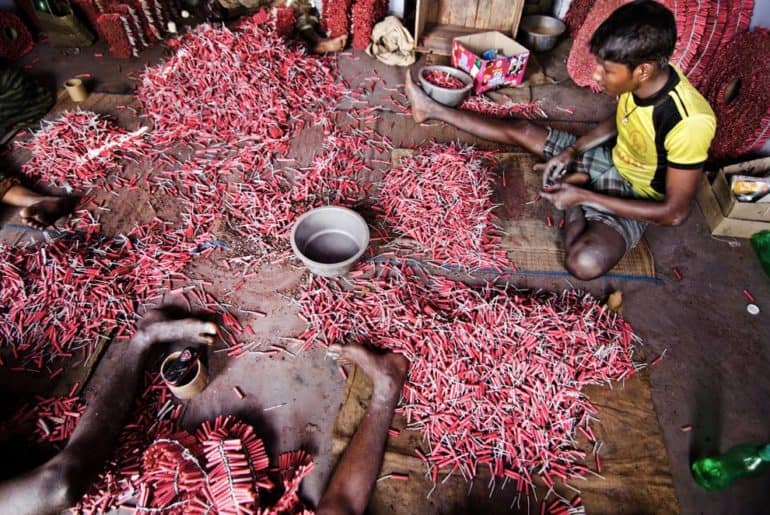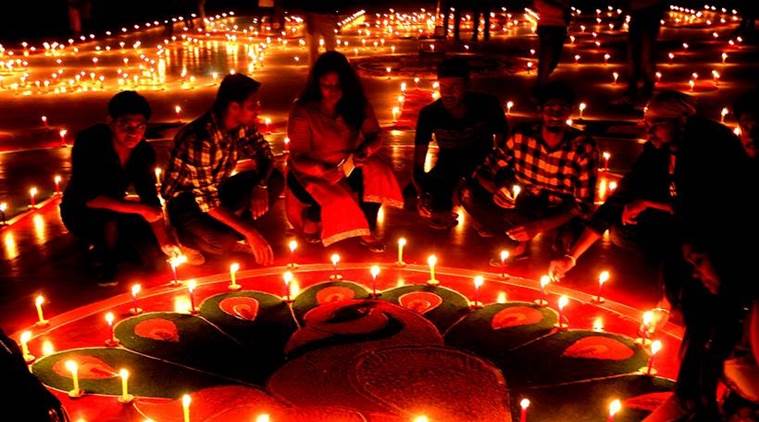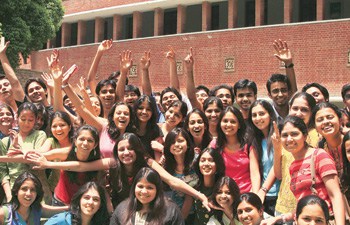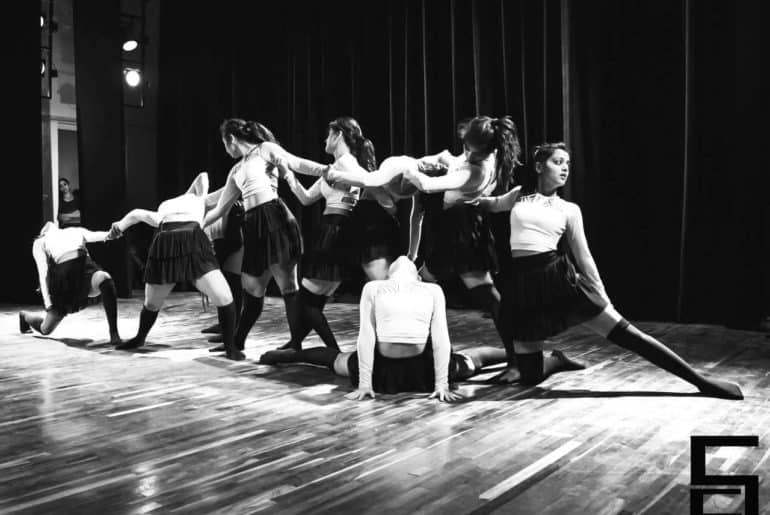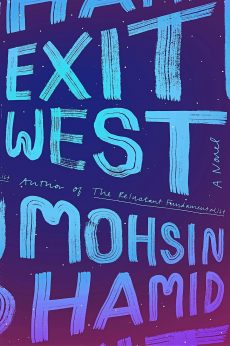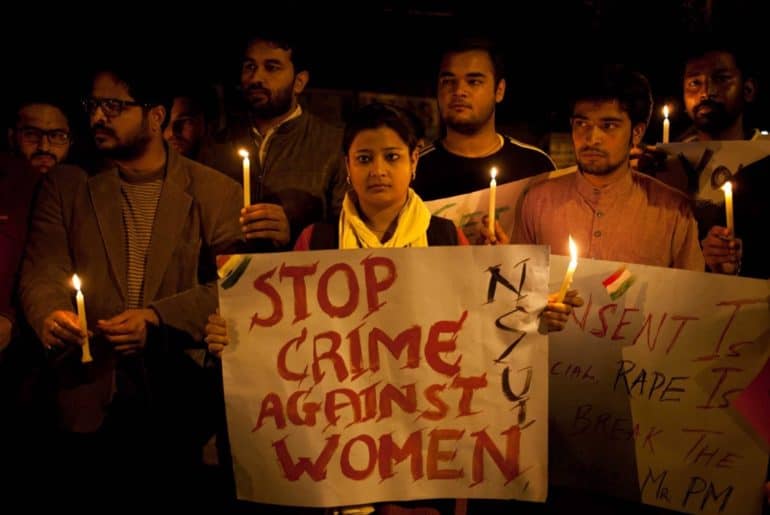All of us perceive Diwali as the festival of lights, celebrating and rejoicing on the auspicious occasion. However, here’s perusing a more sinister side to the story.
Diwali is one of the biggest festivals in India. The entire country celebrates this festival in a grand manner. From big poojas, decorated lights, burning crackers to endless joy, this festival has everything to be thrilled about. However, it has a different side attached to it. The side that everyone knows and talks about but nothing is done in its regard.
There are two main constituents of this side. One is the heavy loss of money and life that occurs due to countless accidents while the other is the employment of child laborers in the manufacturing of firecrackers. In 2016, Delhi recorded over 350 minor fires occurred in Diwali as reported by The Indian Express. The victims of these accidents sustained minor injuries. Talking about major loss of property and life, we have had terrible experiences in the past. The infamous Sivakasi case, where one of the biggest fireworks manufacturing factories in Tamil Nadu was turned into rubble after an explosion, is a remnant of the horror. More than 30 people died in the accident. A major fire destroyed the main firecracker market in Aurangabad last year.
We seemed to have been facing the consequences of our ignorance and actions but we just don’t seem to learn from it. Firecrackers are entertaining but very dangerous. And the worst part is that everyone is conscious of the damage it seems to inflict on lives. Even though we handle the sale and burning of crackers carelessly resulting in major accidents. It seems that we have accepted the fact that such incidents will occur every year. The only question is what place will it happen in the next time? Crores of rupees are lost every year just due to poor management of the manufacturing or the selling process of these crackers. And yet, it is all but forgotten in less than a year.
Coming to the second constituent, it must be said that it is basically a mix of helplessness and mercilessness. There are hundreds that strive hard to live every day. Such poor families want to earn as many pennies as they can to ensure they can eat enough. And this is when parents of children belonging to such families send them to firecracker manufacturing units. The Diwali season is marked by increased sales and consumption and so, these families see this festival as a good opportunity to make some good amount of money.
Without any training or knowledge, these children sit and work in dingy cells endlessly. Working with explosive dust and breathing it all day long, these children suffer from diseases and even risk their lives in severe cases. Even after the ban on child labor by the Indian government, people are willing to mercilessly employ such young children for a simple motive; higher profits. Farrukh Nagar in Ghaziabad is one such hub of firework manufacturing where hundreds of children burn their childhood for the sake of money to feed their bellies. Is this scenario not a mix of helplessness and mercilessness?
Diwali is a holy occasion with great significance. It is the celebration of the great Indian history and culture promoting goodness and moral values. And like any other festival, there are certain customs that need to be followed. But we need to ask ourselves how are we really celebrating our Diwali? For how long are we going to light up our houses at the cost of someone’s life? Until and unless we don’t answer these questions and work for a change, the festival of lights won’t really be bright.
Feature Image Credits: humanitycollege.org
Karan Singhania
[email protected]

